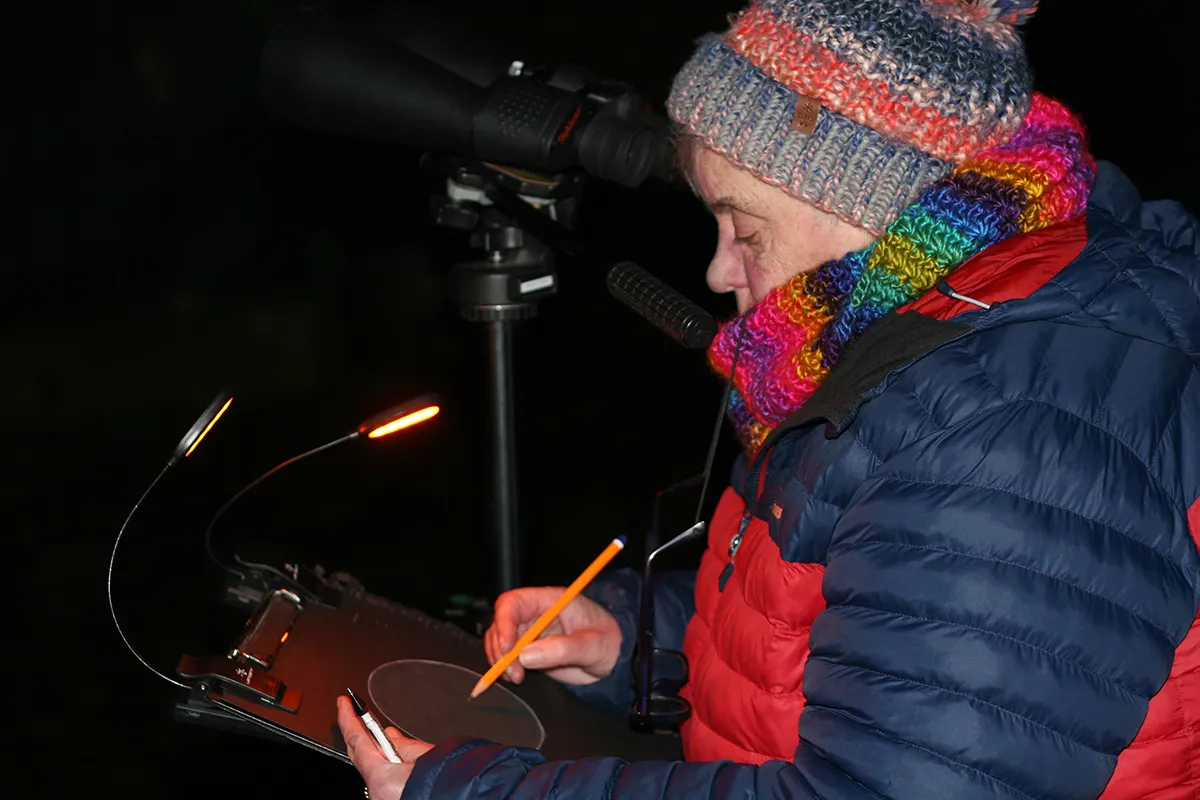The constellations are a wonderful starting point for anyone beginning their journey of exploring the night sky through practical astronomy.
Stargazing in itself is wonderful, but there's something very satisfying about being able to recognise stars and constellations and observe them changing throughout the year.
The sky stops being a canvas speckled with random points of light and instead becomes a navigable map that can be star-hopped and explored.
Once you've learned how to recognise a constellation, what then?
Here are some stargazing activities that you can do with the naked eye or binoculars, that will help you explore and appreciate just about any constellation you can find in the night sky.
Discover more astronomy experiments or how to stargaze from your window, and find out which constellations are visible all year long in our guide to circumpolar constellations.

How to explore a constellation
Choose any constellation: Orion is a great choice during the winter because it is full of interesting sights and easy to spot.
Discover its origin story
Research your constellation’s Greek mythology. Do the star patterns look like the character or object? How does it compare to mythologies from other cultures?
What do you think it looks like? Draw your own character and write a story about them.
Count its stars
On a moonless night, count how many stars you can see in the constellation when you first go out, before your eyes have adapted to the darkness.
Repeat after 15 and 30 minutes outside. How many more stars can you see? Are they different colours?
Try again under a bright Moon. Does this affect your count? You can even then try with the constellations that lie adjacent to it.
Capture its beauty
Sketch your constellation, paying attention to the stars’ spacing and magnitude (brightness) differences.
Drawing makes you a better observer, so encourage everybody to try!
Take a photo of your constellation using a smartphone camera and app such as NightCap, or with a DSLR camera.
Are there more stars in the photo compared to what you see?

Explore its deep-sky wonders
Use a star chart and choose some deep-sky objects in your constellation and see if you can find them using binoculars or a telescope, learning how to get to them by star-hopping.
Work out the stars' magnitudes
If you want to get complex, use theory to work out a star’s absolute magnitude.
First find the apparent magnitudes of nearby stars (how bright they look from Earth) and use them to estimate the apparent magnitude (m) of the stars in your constellation.
The absolute magnitude (M) is how bright the stars would look if they were all 10 parsecs away.
Look up the distances (d) to the stars in your constellation (in parsecs) and combine these with the apparent magnitudes to calculate the absolute magnitude from those figures, using the following formula: M = m 5 – 5 log d

Track a planet through the constellation
The movement of planets is different from that of the stars, which is why they were historically called ‘wandering stars’.
It’s great fun to track the movement of a planet against the background stars and you can do this with the naked eye or with binoculars.
For help with this, read our guides on how to find the planets and visible planets in the night sky.
Use planetarium software like Stellarium to find out which planets are going to be well-placed over the coming weeks.
Work out which constellations your chosen planets are going to be passing through, then track them on their journey across the sky night after night.
Make a sketch of the stars in your constellation, then mark the location of the planet several times over a couple of months.
Take note of how far it has moved between each observation and what direction it is moving in.
This guide originally appeared in the January 2023 issue of BBC Sky at Night Magazine.
